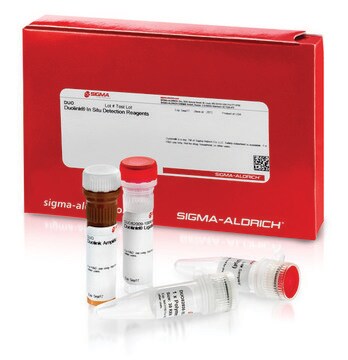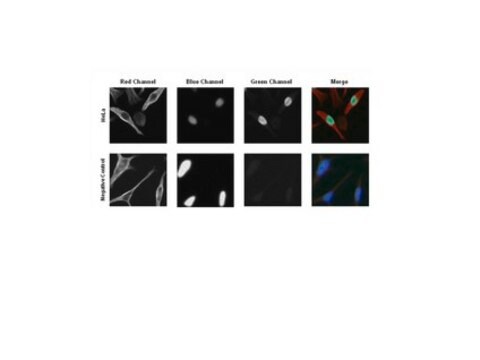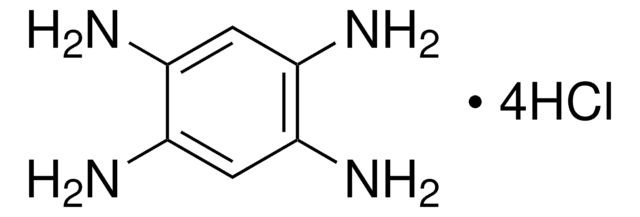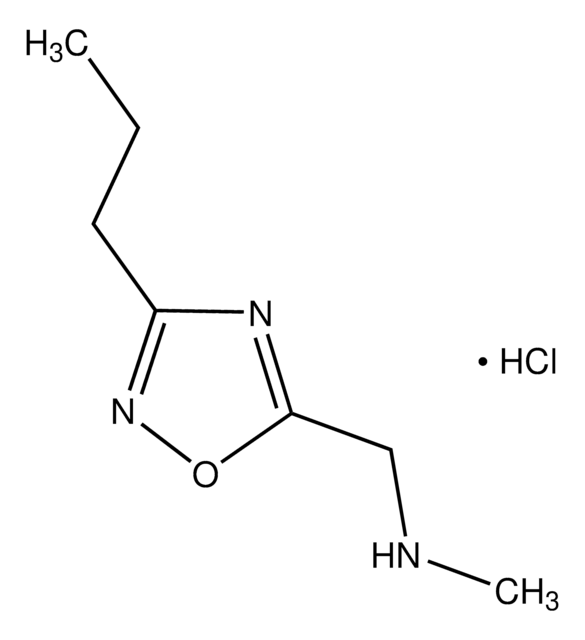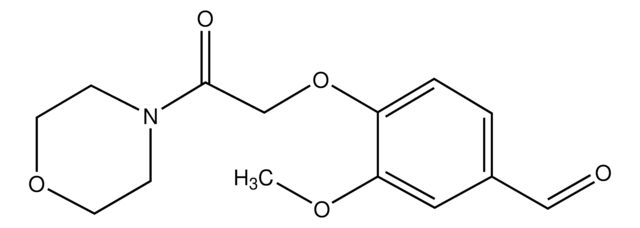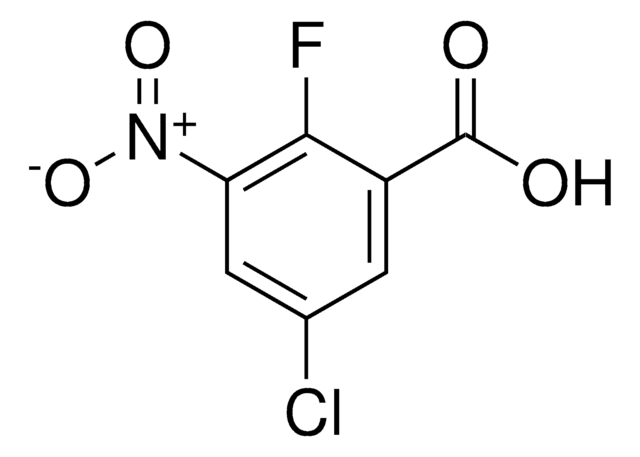AB9732
Anti-14-3-3 ε Antibody, CT
serum, Chemicon®
About This Item
IHC
WB
immunohistochemistry: suitable
western blot: suitable
Polecane produkty
pochodzenie biologiczne
rabbit
Poziom jakości
forma przeciwciała
serum
rodzaj przeciwciała
primary antibodies
klon
polyclonal
reaktywność gatunkowa
bovine, rat, sheep, mouse, chicken, human, rabbit
producent / nazwa handlowa
Chemicon®
metody
ELISA: suitable
immunohistochemistry: suitable
western blot: suitable
numer dostępu NCBI
numer dostępu UniProt
Warunki transportu
dry ice
docelowa modyfikacja potranslacyjna
unmodified
informacje o genach
human ... YWHAE(7531)
Opis ogólny
The 14-3-3 epsilon, C-terminal antibody is one of a panel of antibodies that were generated against 14-3-3 isoforms and have demonstrated their potential for use as an ELISA-based diagnostic tool. These antibodies will allow the research to investigate the role of this protein in key cellular processes and neurological disorders such as Creutzfeldt-Jakob, Alzheimer′s and Parkinson′s Disease.
Specyficzność
Immunogen
Zastosowanie
Neuroscience
Neurodegenerative Diseases
Immunohistochemistry
ELISA
Optimal working dilutions must be determined by end user.
Opis wartości docelowych
Postać fizyczna
Przechowywanie i stabilność
During shipment, small volumes of product will occasionally become entrapped in the seal of the product vial. For products with volumes of 200 µL or less, we recommend gently tapping the vial on a hard surface or briefly centrifuging the vial in a tabletop centrifuge to dislodge any liquid in the container′s cap.
Informacje prawne
Oświadczenie o zrzeczeniu się odpowiedzialności
Nie możesz znaleźć właściwego produktu?
Wypróbuj nasz Narzędzie selektora produktów.
Kod klasy składowania
11 - Combustible Solids
Klasa zagrożenia wodnego (WGK)
WGK 1
Temperatura zapłonu (°F)
Not applicable
Temperatura zapłonu (°C)
Not applicable
Certyfikaty analizy (CoA)
Poszukaj Certyfikaty analizy (CoA), wpisując numer partii/serii produktów. Numery serii i partii można znaleźć na etykiecie produktu po słowach „seria” lub „partia”.
Masz już ten produkt?
Dokumenty związane z niedawno zakupionymi produktami zostały zamieszczone w Bibliotece dokumentów.
Nasz zespół naukowców ma doświadczenie we wszystkich obszarach badań, w tym w naukach przyrodniczych, materiałoznawstwie, syntezie chemicznej, chromatografii, analityce i wielu innych dziedzinach.
Skontaktuj się z zespołem ds. pomocy technicznej
